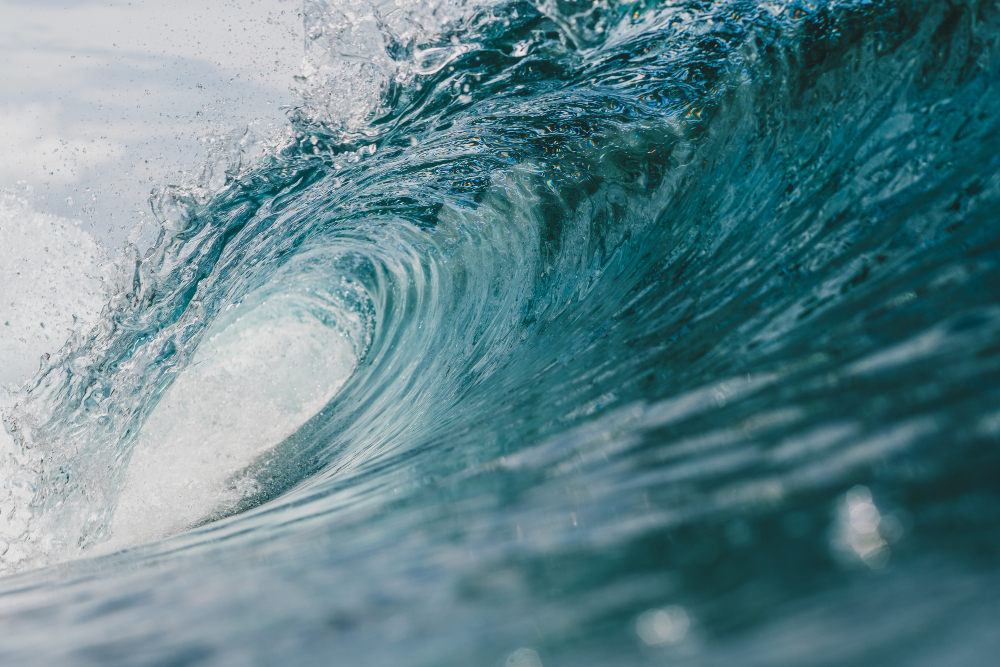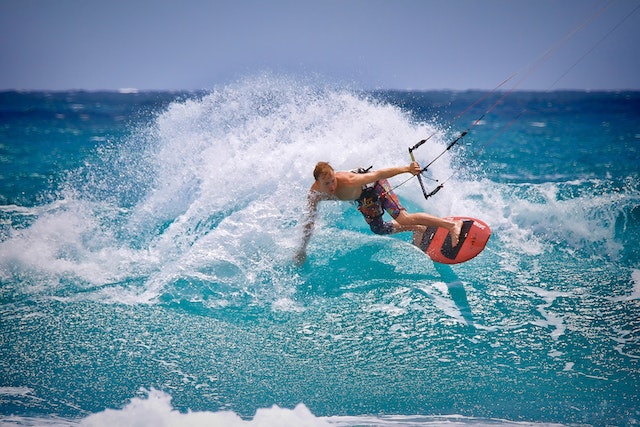Surfing is an exhilarating sport that allows you to connect with nature and ride the waves. Whether you’re a seasoned surfer or a newbie hitting the waves for the first time, prioritizing safety is paramount. In this article, we’ll explore some valuable tips to keep you safe in the water and reduce the risk of common surfing injuries. Let’s dive in and make your surfing adventure a safe and enjoyable one!
Understanding the Surfing Environment
Before venturing into the ocean, it’s crucial to understand the surfing environment to ensure your safety.
1. Reading the Waves
Knowing how to read waves is essential for any surfer. Watch the waves from the shore for a while before entering the water. Look for patterns, sets, and any potential hazards.
2. Identifying Rip Currents
Rip currents can be treacherous, even for experienced surfers. Learn to identify and avoid rip currents. If caught in one, stay calm, swim parallel to the shore, and signal for help.
3. Checking Weather Conditions
Stay updated on weather conditions before heading out to surf. Storms, lightning, and strong winds can pose significant risks.
Mastering the Right Surfing Equipment
Having the appropriate surfing equipment can greatly reduce the risk of injuries.
4. Choosing the Right Surfboard
Select a surfboard that matches your skill level and body type. A board that’s too small or too big can lead to instability and accidents.
5. Using a Surf Leash
Always wear a surf leash to keep the board attached to your ankle. It prevents the board from drifting away, ensuring your safety and that of others in the water.
6. Wearing the Right Wetsuit
In colder waters, wearing a wetsuit provides protection from hypothermia and potential cuts from sharp objects underwater.
Proper Surfing Techniques
Understanding and practicing proper surfing techniques will help you avoid unnecessary injuries.
7. Mastering the Pop-up
The pop-up is the fundamental move to get from lying on the board to standing up. Practice this motion on the sand before attempting it in the water.
8. Falling Safely
Knowing how to fall safely can prevent serious injuries. If you’re about to fall, try to fall flat rather than headfirst to avoid hitting the ocean floor.
9. Surfing Etiquette
Respect other surfers in the lineup and follow the unwritten rules of surfing etiquette. This includes not dropping in on others’ waves and taking turns.
Staying Physically Fit
Maintaining good physical fitness is essential for preventing surfing injuries.
10. Regular Exercise
Engage in regular exercises to improve your strength, flexibility, and endurance. This will enhance your performance and reduce the risk of muscle strains.
11. Warm-Up Before Surfing
Always warm up before hitting the waves. Stretching your muscles will help prevent cramps and injuries during your surfing session.
12. Stay Hydrated
Surfing can be physically demanding, so stay hydrated to avoid dehydration and potential heat-related illnesses.
Surfing with a Buddy
Surfing with a buddy is not only more enjoyable but also safer.
13. Watch Out for Each Other
Keep an eye on your surfing partner, especially in challenging conditions. Promptly signal for help if needed.
14. Be Familiar with Local Hazards
If you’re surfing in an unfamiliar location, consult with locals or experienced surfers about potential hazards and the safest areas to surf.
Conclusion
By following these surfing safety tips, you can minimize the risk of common injuries and make the most of your surfing adventure. Remember, safety should always be your top priority. Now, go catch those waves with confidence!
FAQs
1. What should I do if I get caught in a rip current?
If you find yourself caught in a rip current, don’t panic. Stay calm and avoid trying to swim directly back to shore. Instead, swim parallel to the shore until you’re out of the current’s pull, then swim back to the beach.
2. Can I surf without a surf leash?
It is highly recommended to use a surf leash at all times. Surf leashes keep your board attached to you, preventing it from becoming a hazard to other surfers and reducing the risk of losing your board.
3. How do I know if a wave is suitable for my skill level?
Observing the waves from the shore and assessing their size and intensity can give you a good idea of whether they match your skill level. If you’re unsure, it’s best to start with smaller, gentler waves.
4. What’s the best way to warm up before surfing?
Before hitting the waves, do some light stretching to warm up your muscles. Focus on your arms, shoulders, back, and legs to prepare your body for the physical demands of surfing.
5. How can I avoid collisions with other surfers?
Practicing proper surfing etiquette is crucial to avoid collisions. Always be aware of other surfers around you, respect their space, and take turns in the lineup. Communication is key to ensuring everyone’s safety in the water.


